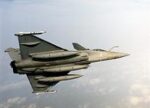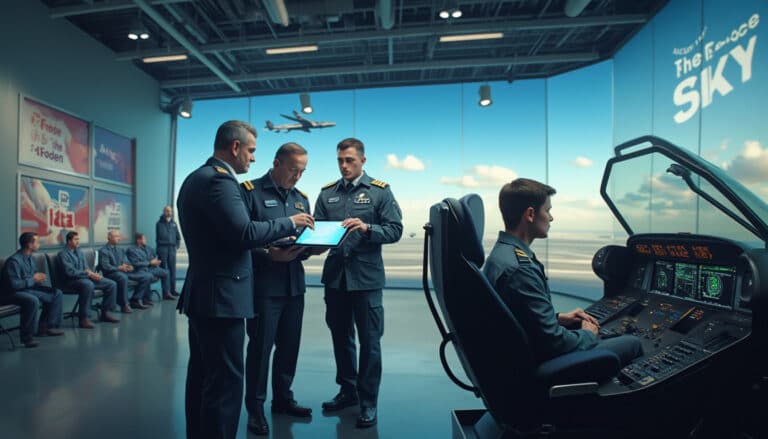The US Air Force is reconsidering its air superiority strategy amid new geopolitical threats, placing the B-21 Raider at the heart of its ambitions. Designed by Northrop Grumman, this stealth bomber sixth generation stands out for its advanced capabilities and potential integration with complementary air systems. The reflection on the interaction between the B-21 and other platforms, in particular a futuristic fighter, demonstrates a clear desire to adapt the military system to contemporary challenges. The expanded integration of the B-21 could represent a significant turning point in the Air Force’s operational doctrine, aiming for lasting air dominance.
The US Air Force is considering giving an increased role to B-21 Raider, the new stealth bomber, in its strategy of aerial domination future. During a conference, the Chief of Staff of the Air Force, General David Allvin, indicated that the revision of military doctrine could favor a more central place for the B-21, while maintaining the acquisition plans of 100 devices. The development of the Next Generation Air Dominance, the F-22 replacement project, is currently on pause due to budgetary concerns, pushing the Air Force to explore this new direction which could include more of the capabilities offered by the B-21, particularly in terms of of stealth and of connectivity.

Table des matières
ToggleAir Force eyes expanded integration of B-21 stealth bomber
In the process of reevaluating one’s choices regarding air superiority, the United States Air Force is looking at a more active role for the B-21 Raider. This change is accompanied by strategic transformations which highlight the importance of this stealth bomber in future planning. The ability of the B-21 to conduct multi-role operations has attracted growing interest because the Air Force could use it to not only carry out conventional strikes, but also for intelligence and electronic warfare missions.
Redefinition of strategic priorities
Over the years, the Air Force has considered a control framework called Next Generation Air Dominance, which aims to replace the F-22 Raptor with a sixth-generation fighter. However, following the cost assessment, the initial project was put on hold. The Air Force then set its sights on the integration of the B-21, which offers advanced capabilities stealth and data sharing systems. This could potentially offset the need to invest in expensive and complex fighter programs.
Perspectives on the B-21 program
The future of the B-21 looks bright, with flight tests already underway. The first flight of the B-21 Raider was completed recently, and the Air Force remains committed to acquiring at least 100 units. These new bombers are planned to replace the B-1 Lancer and B-2 Spirit models which are in service. While the demand for robustness and survival on the battlefield increases, the B-21 appears to be a key element in ensuring a rapid and effective response capacity to contemporary threats.

























